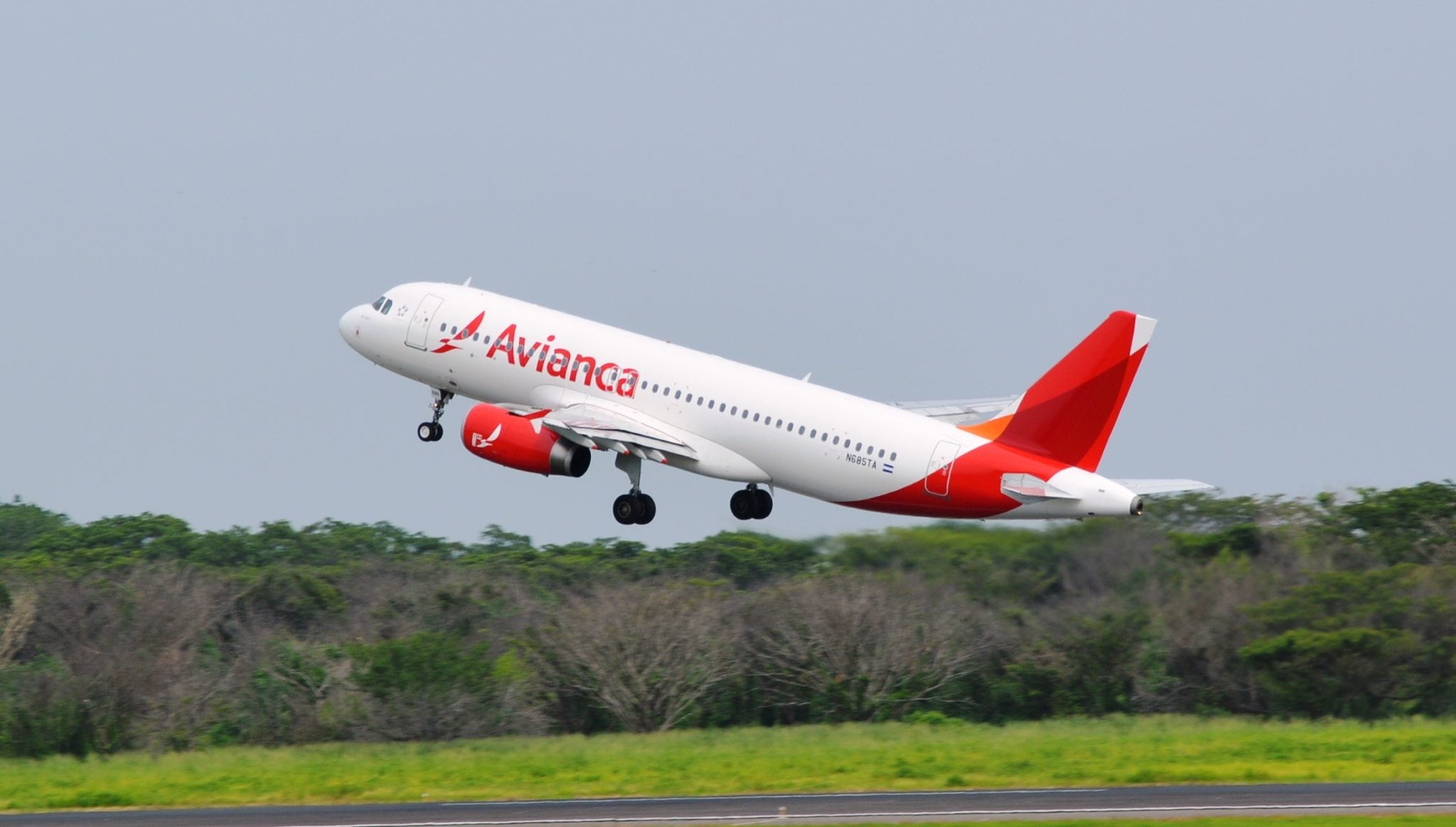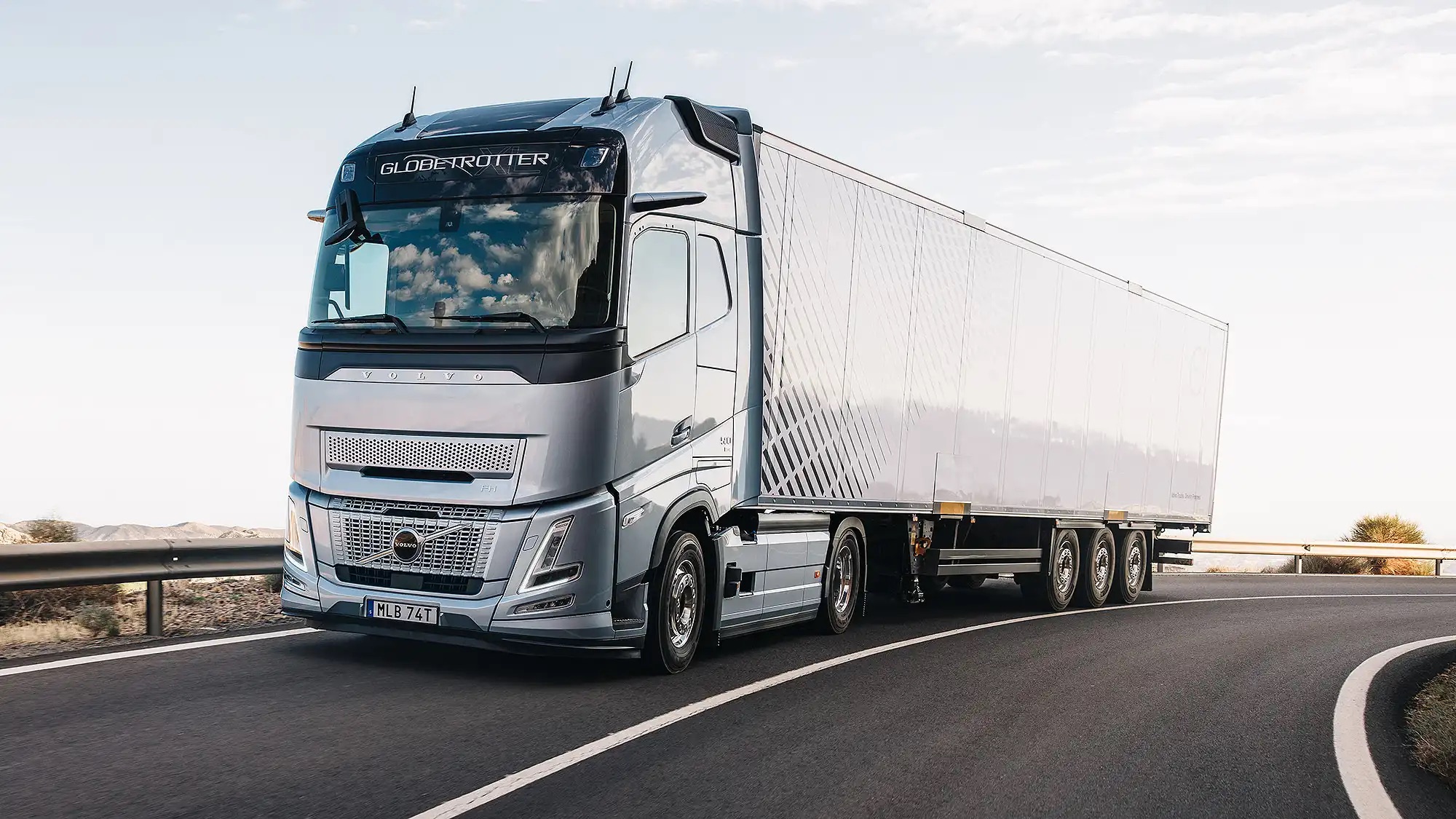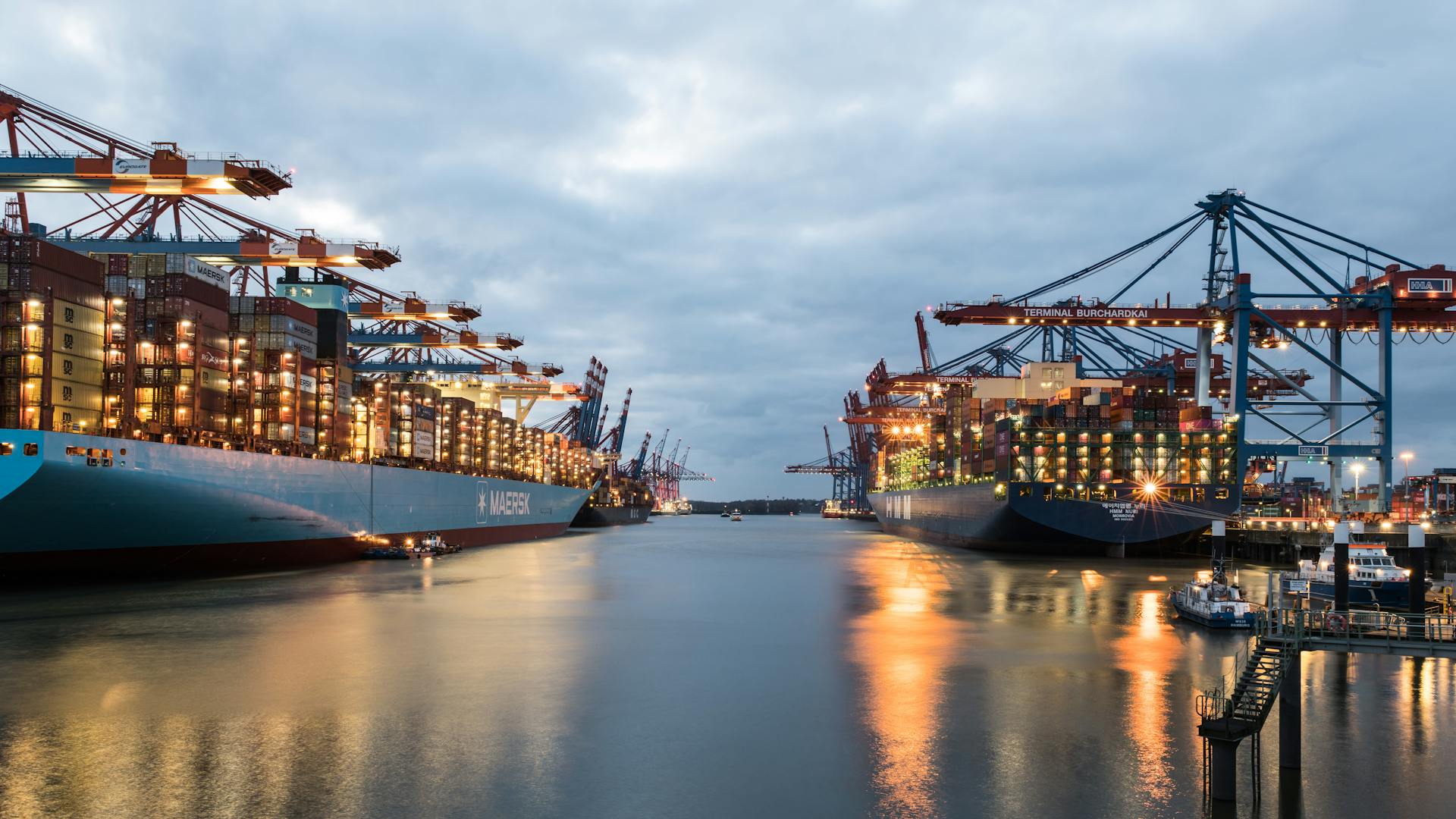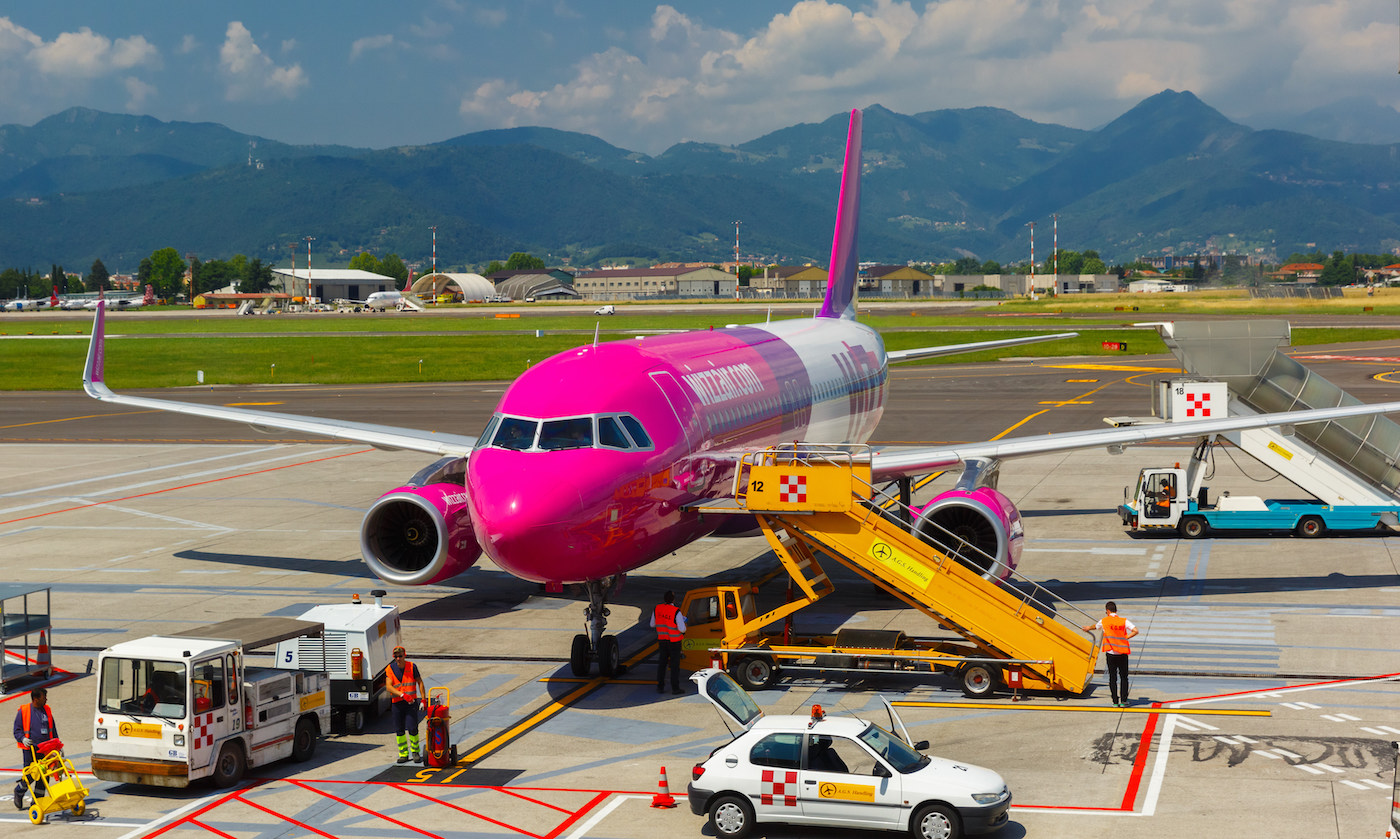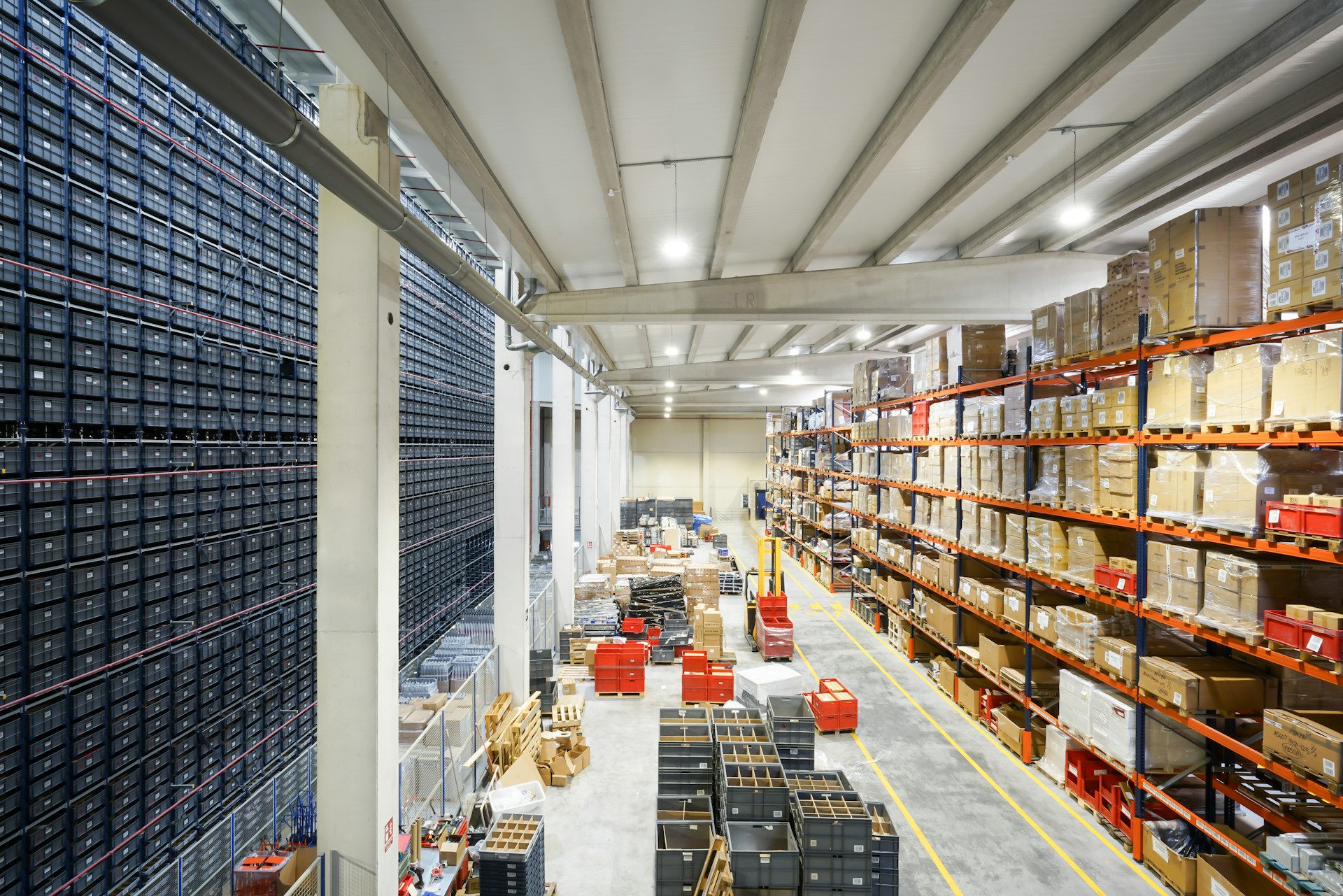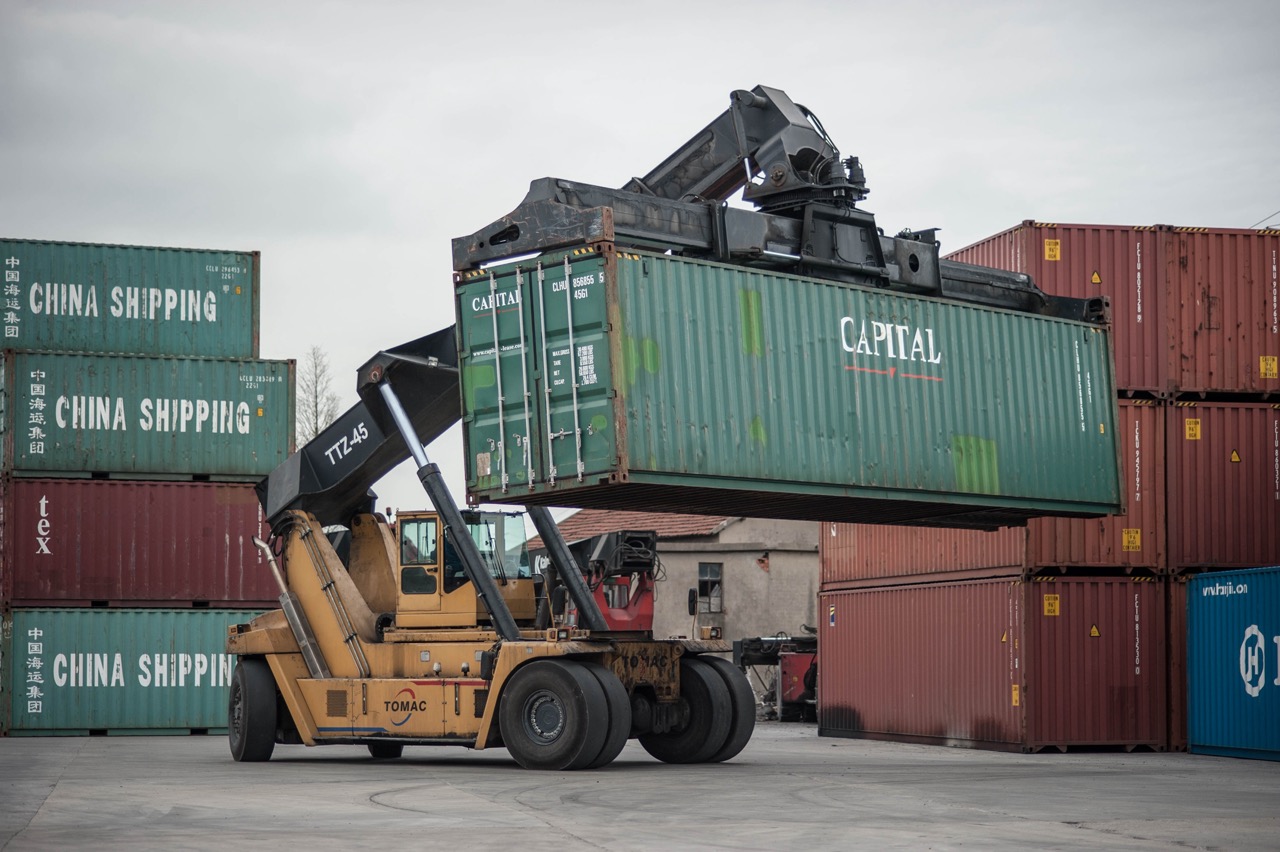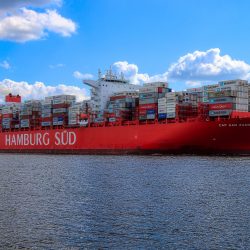Latin American airlines are actively expanding their capacity
The new tariff policy is putting enormous pressure on the trade and logistics sectors. However, some market participants are benefiting from global changes. Among them are Latin American airlines, which expect an increase in demand.
Latin American airlines are expanding their fleets. For example, Avianca has purchased two Airbus A330 (P2F) aircraft. LATAM has followed suit and is awaiting the delivery of the final converted Boeing 767 in the current batch. The aircraft is ready but must first be certified by the U.S. Federal Aviation Administration (FAA).
Airlines are increasing their capacity in anticipation of growing activity in the trade and e-commerce sectors. Analysts are confident that tariff fluctuations will not affect these areas. Additionally, network diversification will stimulate growth in demand for services.
Regional market overview
The Latin American aviation sector experienced increased profitability in the second half of 2024. This trend continued into 2025. Major international operators played a key role in this growth. They abandoned several routes within the region to transport cargo from China to Europe via the Pacific Ocean. Consequently, major players such as Lufthansa, Qatar Airways, and AFKLMP reduced their presence in the regional market. This opened up new opportunities for local companies.
Demand for intra-regional transportation is steadily growing. To meet customer needs, airlines are launching seasonal routes. For instance, American Airlines Cargo operates flights from Rio de Janeiro to Dallas and New York. By the end of the year, the carrier plans to open another daily flight to Buenos Aires.
Lower fares on certain routes are also driving market activity. Prices at São Paulo and Buenos Aires airports are stabilizing and even declining slightly. This is due to excess capacity, according to the airlines themselves.
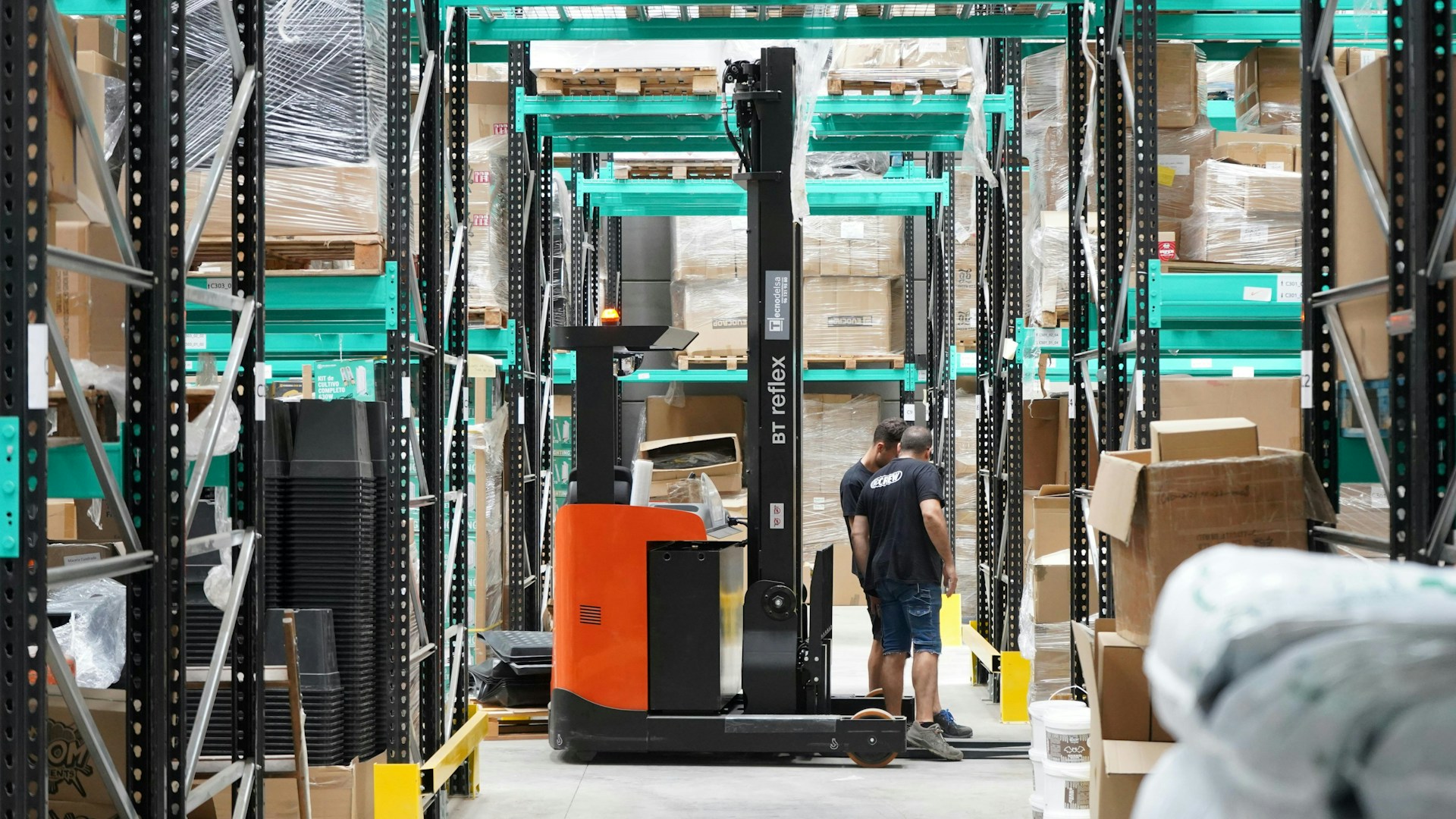
Key factor in the sector’s development
Analysts believe the development of e-commerce is the main driver of growth in the regional market. Many companies are actively expanding their operations in Latin America. For example:
- The Chinese platform Temu became available in Uruguay in 2024. Consequently, traffic volumes increased by 170%.
- The success of the Chinese retailer has sparked interest in Uruguay among other platforms.
- For example, the Mercado Libre platform has announced plans to invest US$31.2 billion in regional expansion.
Key players in the e-commerce market include Brazil, Mexico, Colombia, Chile, and Argentina.
As e-commerce develops in Latin America, the demand for air transportation is growing. Many operators strive to offer customers optimal conditions and the fastest possible routes. To this end, some airlines avoid large, often congested airports.

